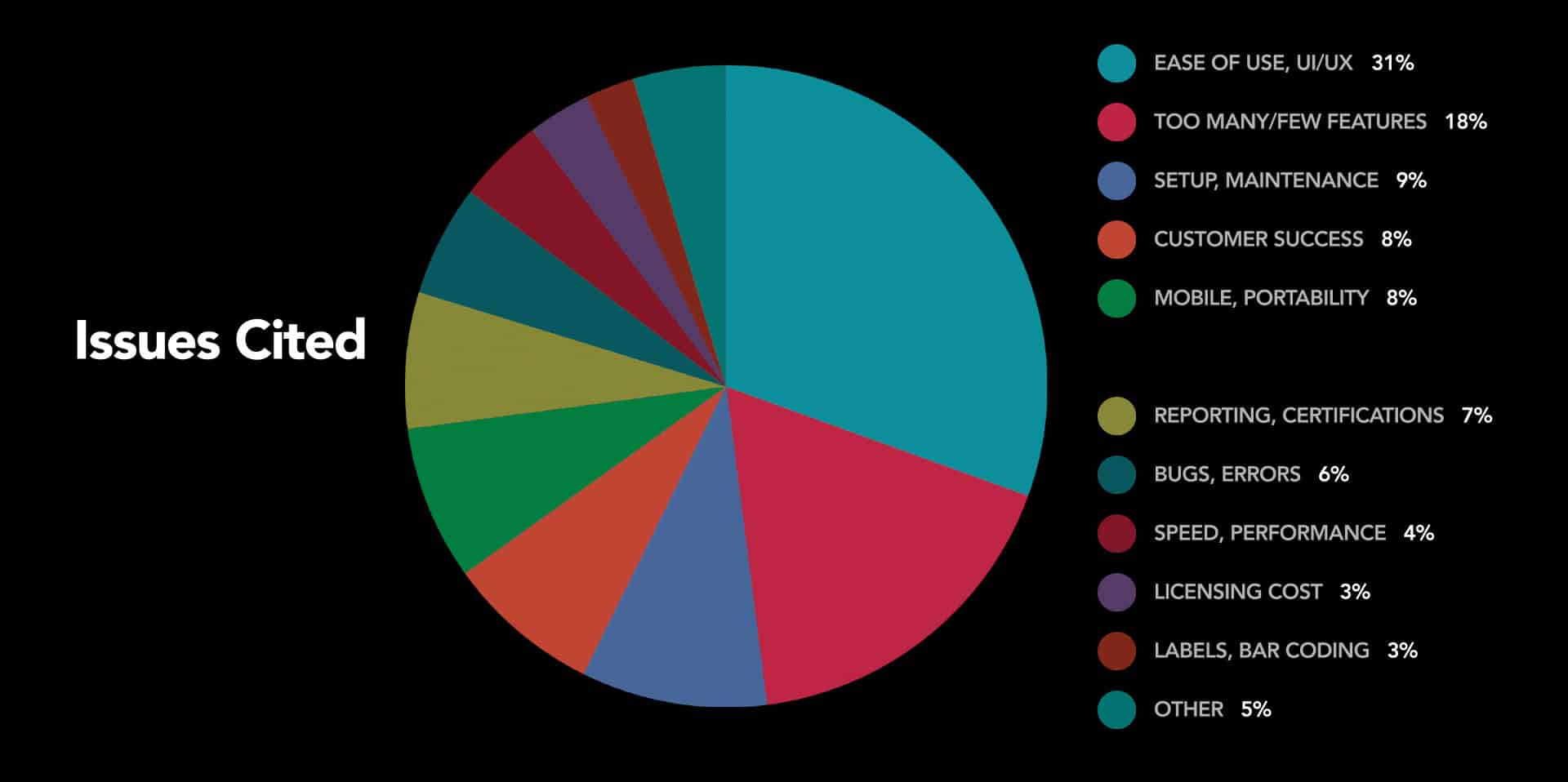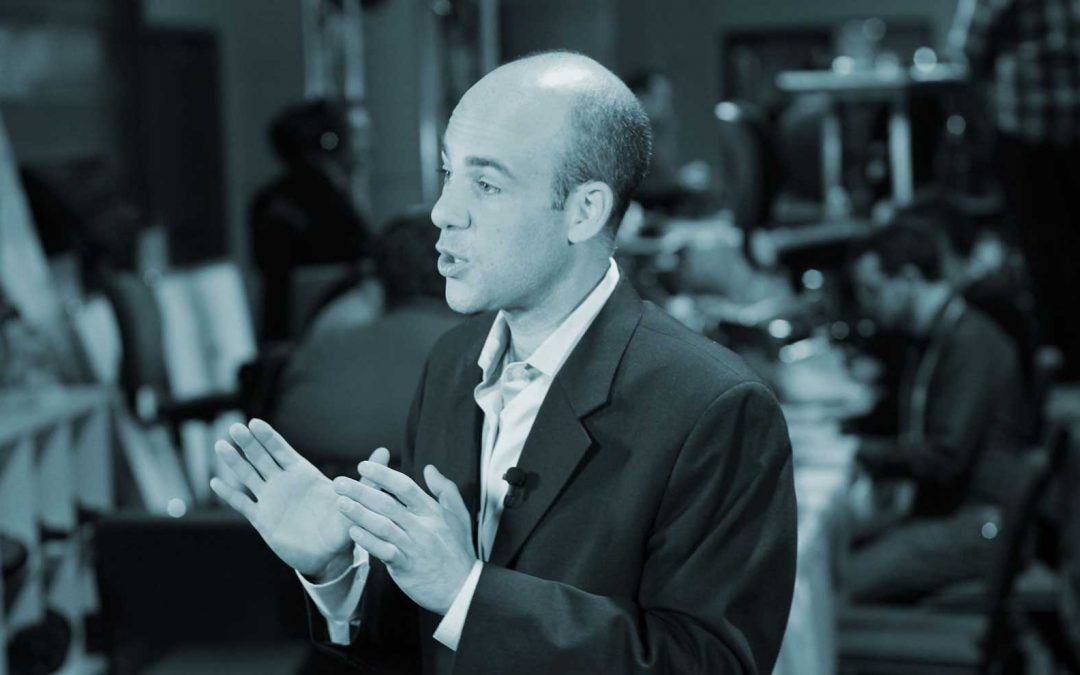Why do organizations still tolerate expensive per-user licenses for their gauge calibration software that stifle collaboration, create workflow bottlenecks, reinforce silos and force them to adapt their calibration programs to fit their software systems? None of these barriers to innovation are healthy for Quality 4.0, much less for the bottom line, so why do so many organizations remain dependent on them?
These are important questions, and we don’t have universal answers for them. We do have some insight into what companies really need from their gage management software, though. We’ve taken our deep expertise in cloud computing, quality management and online research, and our experience in developing over a thousand custom software applications for dozens of industries, and we’ve applied it to identify what it takes to revolutionize the gage management marketplace.
The Research
In 2018, we made a decision to retool our browser-based gauge calibration software. Although GageList was way ahead of the market in terms of usability, simplicity and cost, we wanted to have a better understanding of what users really cared about before we started tinkering under the hood. We set up a research program to get a full picture of what people want and what they’ve experienced with calibration management systems.
First We Looked at Anecdotal Evidence
The first phase of our research was simple: We talked to our custom software clients and our GageList subscribers directly. The feedback, while admittedly informal, is clear. Calibration management systems (and similar industrial process management systems) constrain productivity in many ways. Incremental enhancements to gage management products only provide incremental improvements in performance, and they only impact those who actually use the software. In other words, tweaking an outmoded calibration management system may improve the life of the calibration manager who is the bottleneck in a quality program, but it doesn’t remove the bottleneck from the workflow or improve operational performance.
One of our customers told us she had to perform 300 calibration-related tasks per week. Each of these required her to physically go to a tool location, perform an operation and return to her office to record the event. She was burning the candle at both ends just to keep up. She didn’t need an upgrade to her existing software, she needed a management system that made sense.
Another had some forty field technicians who performed inspections and calibrations on oil rigs throughout the Gulf. After visiting each rig, the techs had to then bring written data back to a calibration office to be entered by an administrative assistant into an outmoded desktop platform.
With Third Age technology, Customer A can walk through her plant with a mobile phone, use the phone’s barcode scanner to pull up the record for each tool or gage, perform calibration work on the tool and enter it in real-time, and then move on to the next tool. Customer B’s calibration techs can do the same with the gages on their rigs, and when they fly back into cell phone range, the app on their devices can sync automatically with their gage list. These are only a couple of examples of scenarios we see all the time, not just in the calibration space, but in business process management as well.
So why hasn’t the calibration management market eagerly adopted Third Age solutions? To be honest, most of the software providers in the space don’t offer Third Age products or Third Age thinking. They don’t feel they have to. Historically, it’s been expensive and difficult to transition to a full-featured desktop-based platform, so companies are reluctant to discard what they’ve invested in one product just to invest in another which is only slightly better, and which requires learning a whole new system. Most legacy platforms charge for data migration and training, because both are pain points that can be leveraged to squeeze dollars from organizations that often have more cash than time. In other words, the drawbacks these programs have is also their hook.
Analysis of Public Data
Our second, more formal, research phase showed us that organizations care about specific attributes and value propositions most Second Age software is lacking.
The Data
We spent considerable time and energy identifying sources of user feedback from a number of online sources, including:
The research included 2700+ data points (primarily calibration software reviews and comments) from 103 separate industries.
Elimination of Bias
The first step after we had organized the data was to strip it of either positive or negative bias. Users go online and give software reviews primarily for two reasons: In many cases, they have been hand-picked by the software publisher because they’re already known to have a favorable opinion, and they are often given small spiffs for their reviews, such as free coffee or gift cards. In other cases, they have either had very bad experiences or very good experiences and are independently moved to post a review. The result is that reviews often skew very positive or very negative; there is little incentive for software users to post neutral reviews. It was clear, therefore, that what was important was the content of the comments, because it indicates what people are interested in, not necessarily what they are actually getting.
Focus on Operational Performance
Our process was to copy all user comments into a spreadsheet and perform a frequency analysis of key phrases. Here are frequency counts for the most common phrases:
What’s clear is that users are focused more on performance issues – specifically factors that make their work easier – than they are on software bells and whistles.
When we broke the comments down further, we saw more detailed evidence that global factors related to operational performance far outweighed software-specific concerns. The top five comment categories were:
In other words, macro operational performance factors make up nearly ¾ of all reported software concerns, while only ¼ deal with software-specific features. This suggests that users relate a smooth, “buttery†experience with an improved ability to do their jobs.

The bottom line is that operational performance issues drive users’ concerns, but in most cases, they don’t drive software design in the calibration management space.
Applied Design Principles
We used our research to create a list of six foundational principles that drive world-class industrial software. We validated our historical development and evolution against these principles and then we used them to inform our most recent upgrades to GageList. On these six principles we built the most advanced gage management platform on the planet:
Simplicity
- Tasks are intuitive, easy to replicate
- Nomenclature and systems make sense
- Reduction in need for specialized knowledge
- Steps are minimized
Adoptability
- Easy to incorporate into workflows
- Minimal training and coaching required
- Intuitive processes that make sense
- Broadly understood throughout the culture
Portability
- Personnel can work anywhere
- Tasks are the same in all locations
- Tools and devices can be used anywhere
- Teams don’t have to be together to collaborate
Ubiquity
- Everywhere, all the time
- Many ways to connect or access
- Not constricted by bandwidth or bottlenecks
- Supports disparate teams and cultures
Collaboration
- Supports multiple teams and departments
- Enables real-time co-working
- Serves multiple disciplines and levels of expertise
- No “gatekeeper†required, but can allow
Sustainability
- Eliminates silos
- Supports risk mitigation, oversight, auditing
- Not dependent on a single person or team
- Transferable in the case of disaster
- Creates measurable asset value
We built these principles into GageList by incorporating the following features that virtually no other gage management platform offers:
- Cloud-based SaaS product you can access anywhere from any device
- GageList Mobile for iOS and Android, as an add-on to our browser-based platform
- Unlimited users (no expensive seat licenses)
- Simplicity: we onboarded thousands of users and none have required formal training
- Excellent free technical support
- Data Migration Concierge to make switching easy
Of course, there’s more to GageList (a lot more). The best way to find out what it can do is to sign up for free, add some gages, and take it for a drive. You can manage up to 25 gages for free forever, and if you want to increase your gage list, just upgrade to one of our reasonably priced premium plans.
We’d love to hear what you think about these principles, and we’d love to hear how well you think GageList lives up to them.
